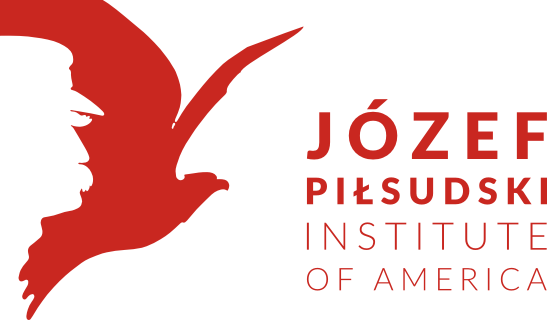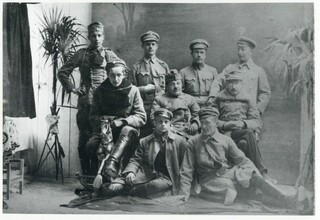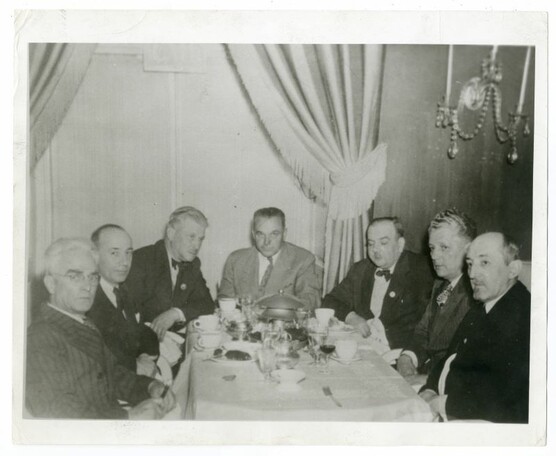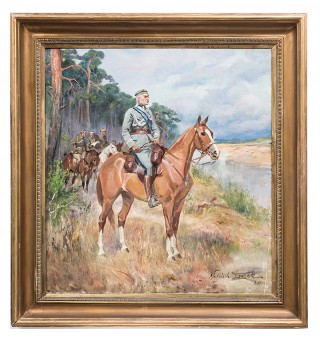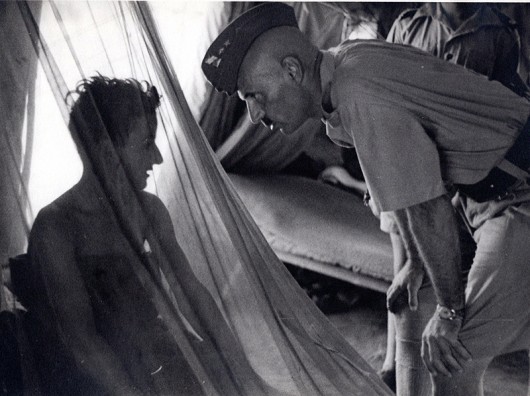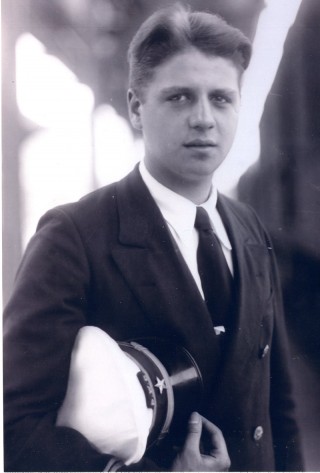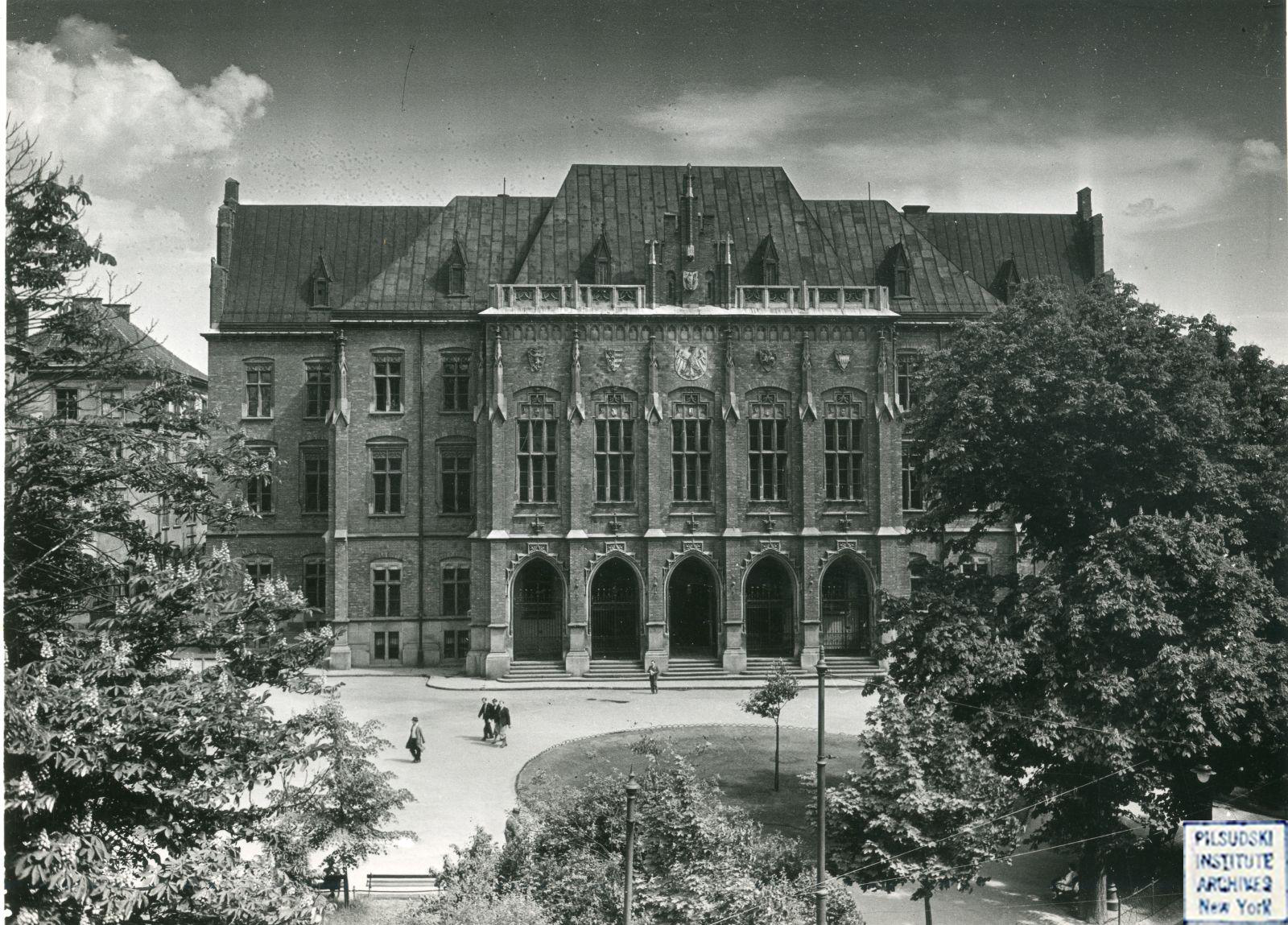- Karolina Obrycki
Captain Tadeusz Terlecki
The Polish Legions, formed in August 1914, are inseparably associated with Józef Piłsudski and other notable commanders such as as Kazimierz Sosnkowski, Józef Haller, Bolesław Roja, and Zygmunt Zieliński. However, the Legions were not just those famous names, but also less well-known soldiers who, through their actions, contributed equally honorably to our homeland. Memorabilia from some of the soldiers are part of the Institute’s collection.
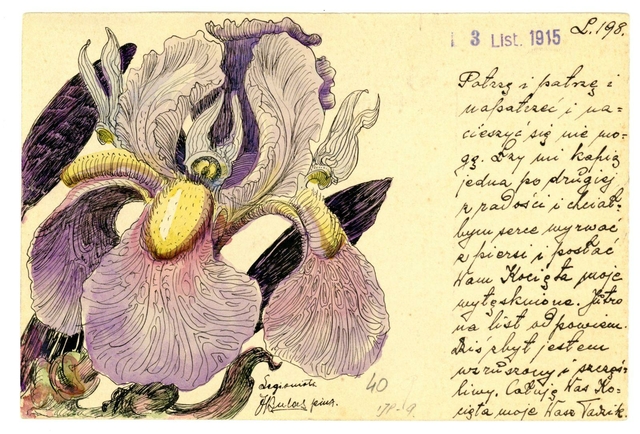 Postal card written by captain Tadeusz Terlecki to his family
Postal card written by captain Tadeusz Terlecki to his family
The collection of Captain Tadeusz Terlecki, a soldier of the Polish Legions, was donated to the Institute in 1989 by Maria Ustrzycka-Sikorska. Beautiful and moving postcards written by Captain Terlecki from the Legions to his wife (Helena Sikorska) and children are part of the collection. As Captain Terlecki wrote, there was no letter paper in the Legions, so his military colleague, Jan Burlas, decorated plain paper with picturesque plant motifs - sketches of flowering holly, thyme, and iris. Interestingly, a portrait of Captain Terlecki himself by one of his fellow soldiers has also been preserved.



